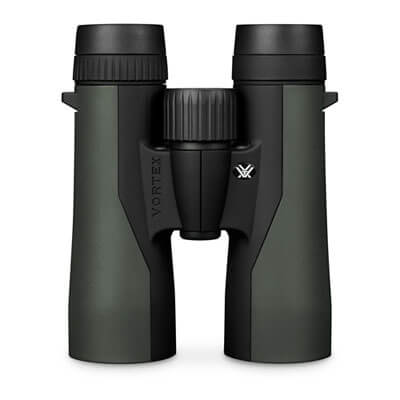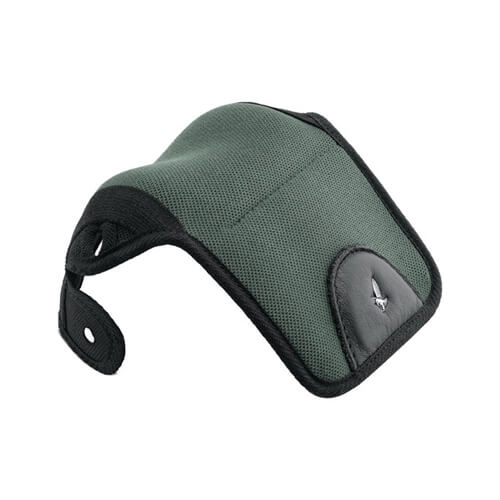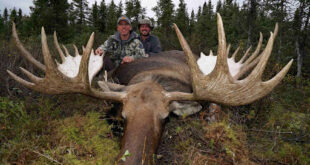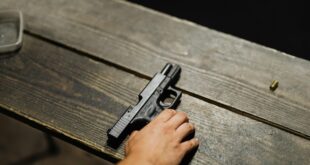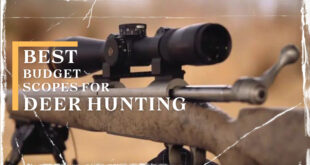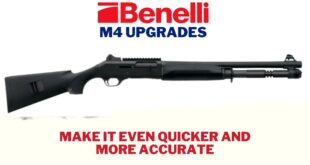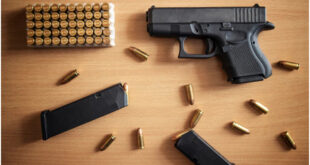Written By: Daren Rifen
Did you know that as of 2001 there were 13 million hunters in the US? To put this into perspective, hunters constitute 6.12% of the population and spend a staggering $ 1.19 million on hunting equipment annually. This means that to be a hunter you have to invest a considerable amount of money on hunting tools, such as binoculars. Speaking of binoculars, I personally never go hunting without a good pair of binoculars, and for good reasons. Although some consider them to be optional hunting tools, I believe that the success of any hunt will depend largely on the kind of binoculars a hunter is using. However, having the priciest and best binoculars for hunting hanging around your neck does not make you a good hunter; rather it is how you use your binoculars. That being said, in this article, I am going to discuss some vital tips on using your binoculars during a hunt.
How To Spot Animals
The most basic rule of hunting is that you have to spot the animal before it spots you. This is not always easy especially since it is very difficult to spot animals in their natural habitat with your naked eye. Fortunately, thanks to J.P. Lemiere’s invention spotting animals in their natural habitats has never been easier. Needless to say, binoculars revolutionized hunting. Different hunters use different glassing techniques when hunting. Personally, I prefer scanning small chunks of territory to scanning the horizon with one sweeping motion. What hunters who use the latter technique do not know is that deer and other herbivorous animals are always on the move. This means that the best option you have of spotting a deer is to scan small chunks of your hunting territory for about 30 seconds to 1 minute. When scanning an area keep an eye out for ear flashes, antlers, and glassy eyeballs. Also, ensure that you stand at a distance. This is because it is easier for an animal to spot you when you are close to it than it is for it to spot you when you are far away from it. Glassing an animal from a distance gives you more time to study its patterns and movements.
The Binoculars To Use
In the six years that I have been a hunter, i have come to the realization that it is wise to have different types of binoculars in my hunting arsenal. The reason being that different binoculars are designed for spotting animals in different habitats. Towards this end, a mid-level 8X42 binocular is perfect when hunting in woodland areas. On the other hand, if you are a country hunter then a binocular with a bigger magnification will work best for you. Binoculars are categorized according to their magnification and the diameter of their objective lens. Thus an 8×42 binocular has a magnification of 8 and an objective lens of 42 millimeters in diameter. The bigger the objective lens the more the light being allowed into the frame. Thus, if you prefer hunting in territories with low visibility consider buying a binocular with a large objective lens, for example, a 12×50 binocular. It is important to note that binoculars with large fields of views are costly and heavy, thus can be uncomfortable to carry around when hunting.
Protect Your Binoculars
Truth be told no hunter is a fan of cheap and low-quality binoculars. Therefore, it is important that you learn how to take care of your binoculars when hunting. Though most premium grade binoculars are tough enough to withstand Mother Nature’s wrath, there are some things you need to do to keep your binoculars in good shape.
- Keep the binoculars in its padded case when transporting it
- Cover your binoculars’ ocular lens with a rain guard when it is raining
- Secure the binoculars to your body using a harness-type strap
- clean your binocular’s lens with alcohol or water if you get them dirty
If you have tight budget you can consider from some of the best binoculars under 200 USD suggested by Binoculars Guru.
Minimize Your Movements
A Binocular is an instrument used for viewing far off objects. As such, you should let your binoculars do the roaming when hunting. Thus, when hunting in steep areas pick out a vantage point from which you can scan a large territory. Scanning an area from a vantage point prevents you from roaming from one point to another. The benefit of this is that you will have less chances of spooking the animals that reside in the area. It is a good idea to have several vantage points.
Conclusion
Binoculars have been a hunter’s best friend since they were invented back in 1824. Today, a quality pair of binoculars can be the difference between a successful hunt and a disappointing one. In conclusion, a binocular is an investment which has to be protected from the extremities of the great outdoors.
 www.GunsandOptics.com Tactical & Hunting Gear Review
www.GunsandOptics.com Tactical & Hunting Gear Review
